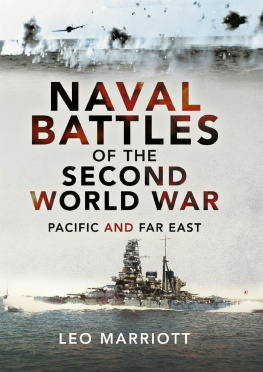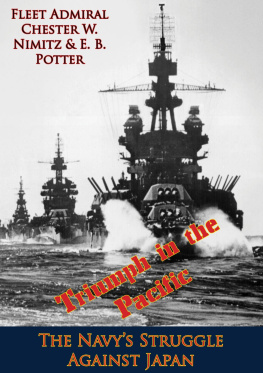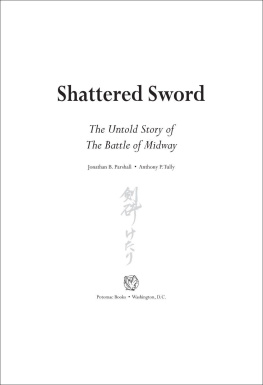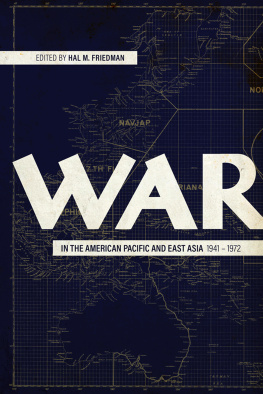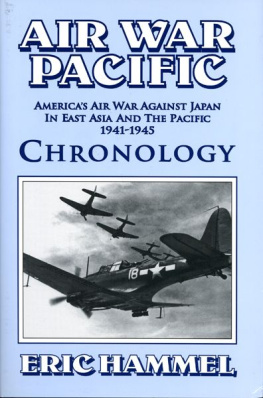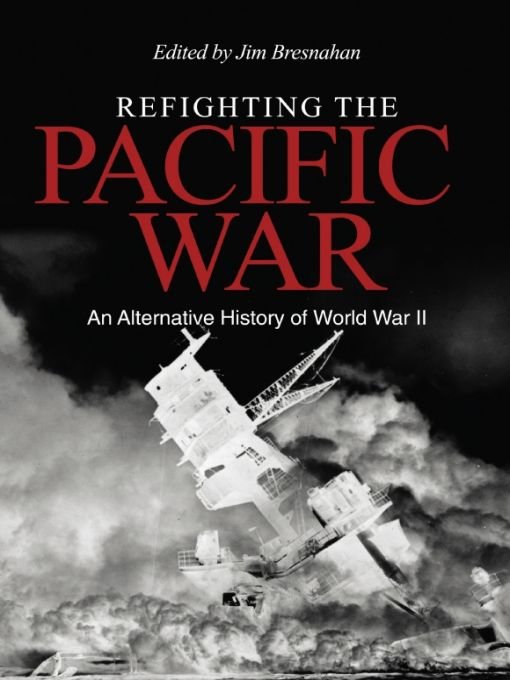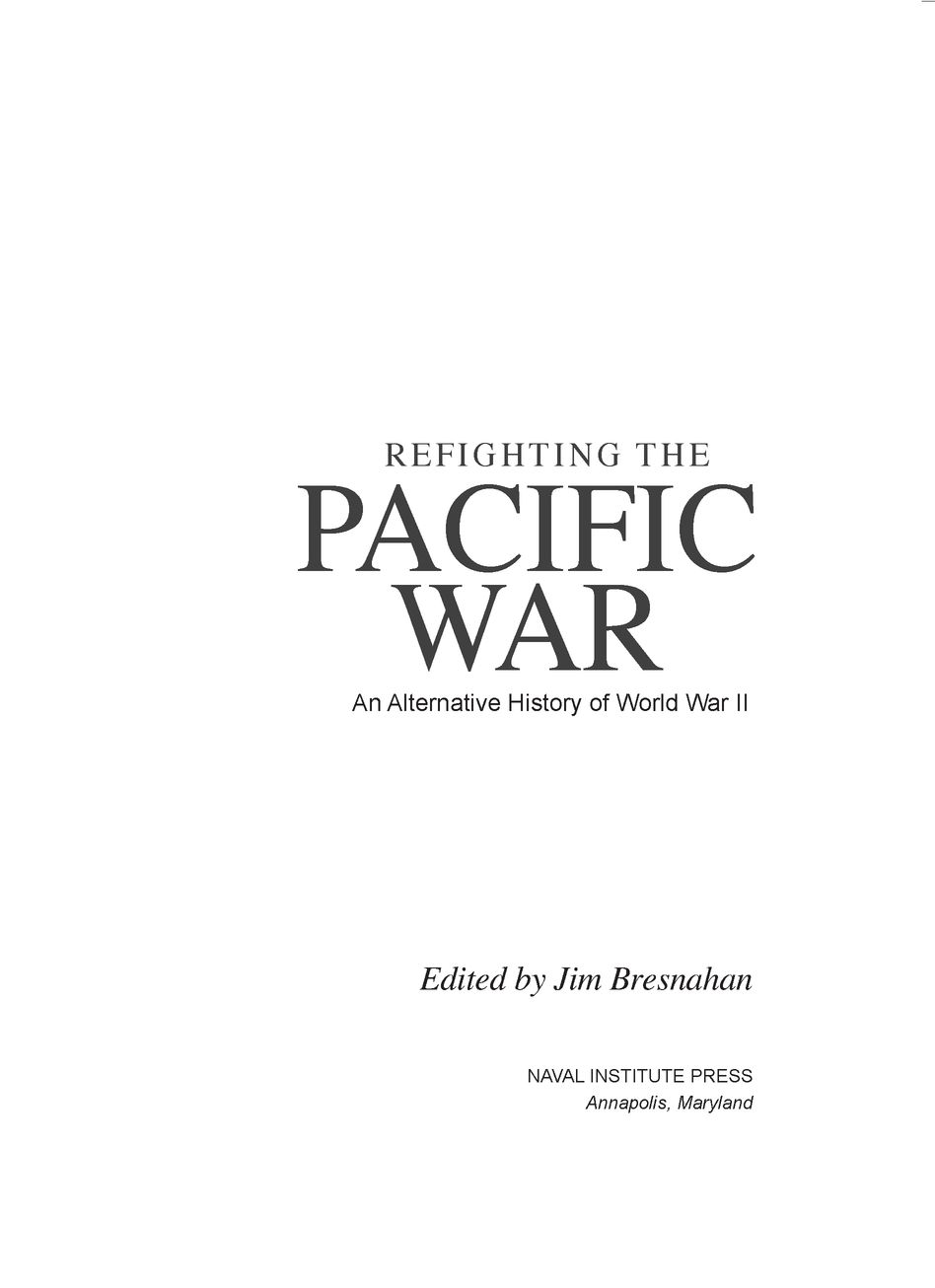James C Bresnahan - Refighting the Pacific War: An Alternative History of World War II
Here you can read online James C Bresnahan - Refighting the Pacific War: An Alternative History of World War II full text of the book (entire story) in english for free. Download pdf and epub, get meaning, cover and reviews about this ebook. year: 2011, publisher: Naval Institute Press, genre: Politics. Description of the work, (preface) as well as reviews are available. Best literature library LitArk.com created for fans of good reading and offers a wide selection of genres:
Romance novel
Science fiction
Adventure
Detective
Science
History
Home and family
Prose
Art
Politics
Computer
Non-fiction
Religion
Business
Children
Humor
Choose a favorite category and find really read worthwhile books. Enjoy immersion in the world of imagination, feel the emotions of the characters or learn something new for yourself, make an fascinating discovery.

- Book:Refighting the Pacific War: An Alternative History of World War II
- Author:
- Publisher:Naval Institute Press
- Genre:
- Year:2011
- Rating:5 / 5
- Favourites:Add to favourites
- Your mark:
Refighting the Pacific War: An Alternative History of World War II: summary, description and annotation
We offer to read an annotation, description, summary or preface (depends on what the author of the book "Refighting the Pacific War: An Alternative History of World War II" wrote himself). If you haven't found the necessary information about the book — write in the comments, we will try to find it.
Refighting the Pacific War looks at how World War II in the Pacific might have unfolded differently, giving historians, authors and veterans the opportunity to discuss what happened and what might have happened. Contributors to this alternative history include noted military historians William Bartsch, John Burton, Donald Goldstein, John Lundstrom, Robert Mrazek, Jon Parshall, Douglas Smith, Peter Smith, Barrett Tillman, Anthony Tully, and H. P. Willmott. In all more than thirty Pacific War experts will provide commentary, employing a roundtable panel discussion format. The reader will hear from the experts on how history could and could not have been altered during the course of the war in the Pacific. With multiple opinions, the reader will be provided with an interesting collection of divergent views about the outcome of the war. Refighting the Pacific War focuses largely on naval battles and campaigns, including Pearl Harbor, Coral Sea, Midway, Guadalcanal, Philippine Sea and Leyte Gulf. While the main concentration is on the major naval actions, the book also delves into key island battles, like Tarawa, Saipan, Iwo Jima, and Okinawa, as well as pre-war and post-war political issues The panelists debate questions like whether the Japanese could have inflicted even greater damage on the U. S. Pacific Fleet at Pearl Harbor and how Yamamoto might have won at Midway and how such a victory might have impacted the direction of the war. The book extensively studies the opening year of the war when the Japanese war machine seemed unstoppable. Also explored is whether the Pacific War was inevitable and whether the conflict could have ended without the use of the atomic bomb.Vice Admiral Yoji Koda, Japan Maritime Self Defense Force (Ret.), provides the books Introduction.
James C Bresnahan: author's other books
Who wrote Refighting the Pacific War: An Alternative History of World War II? Find out the surname, the name of the author of the book and a list of all author's works by series.


